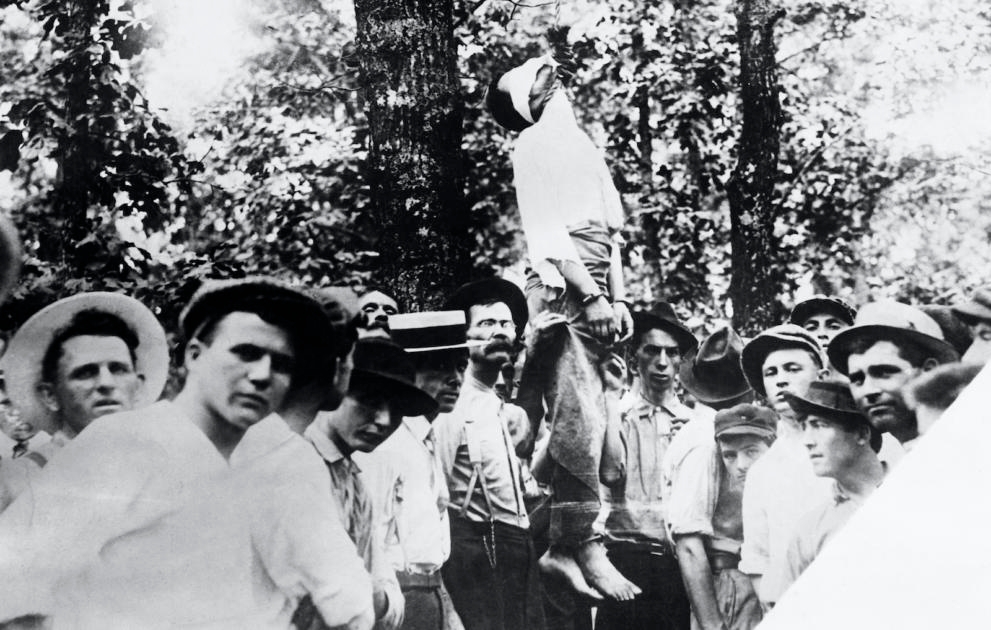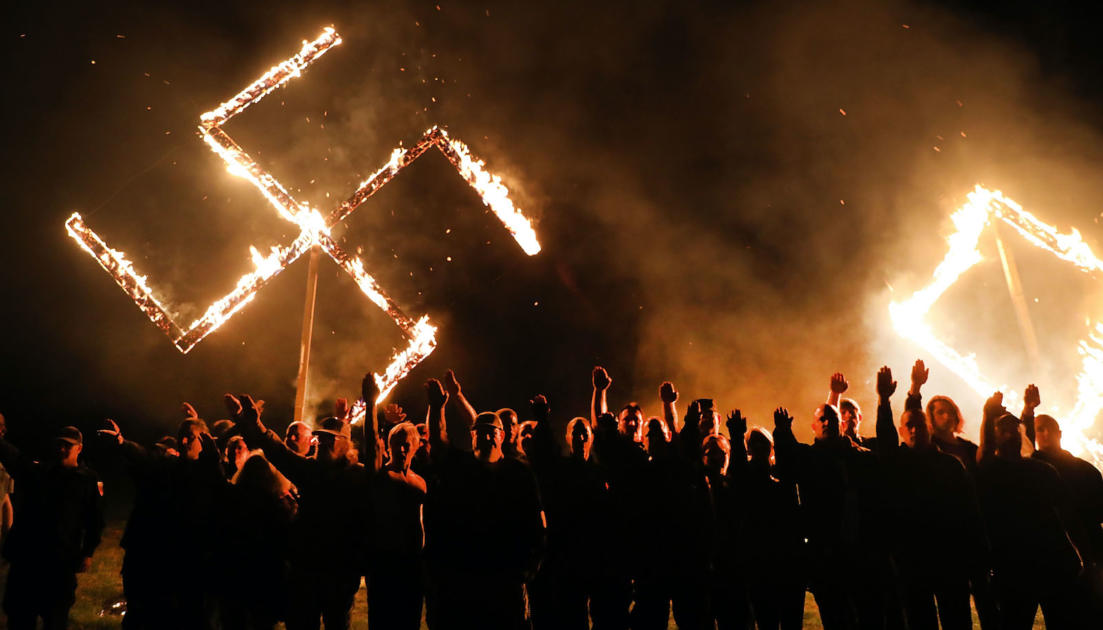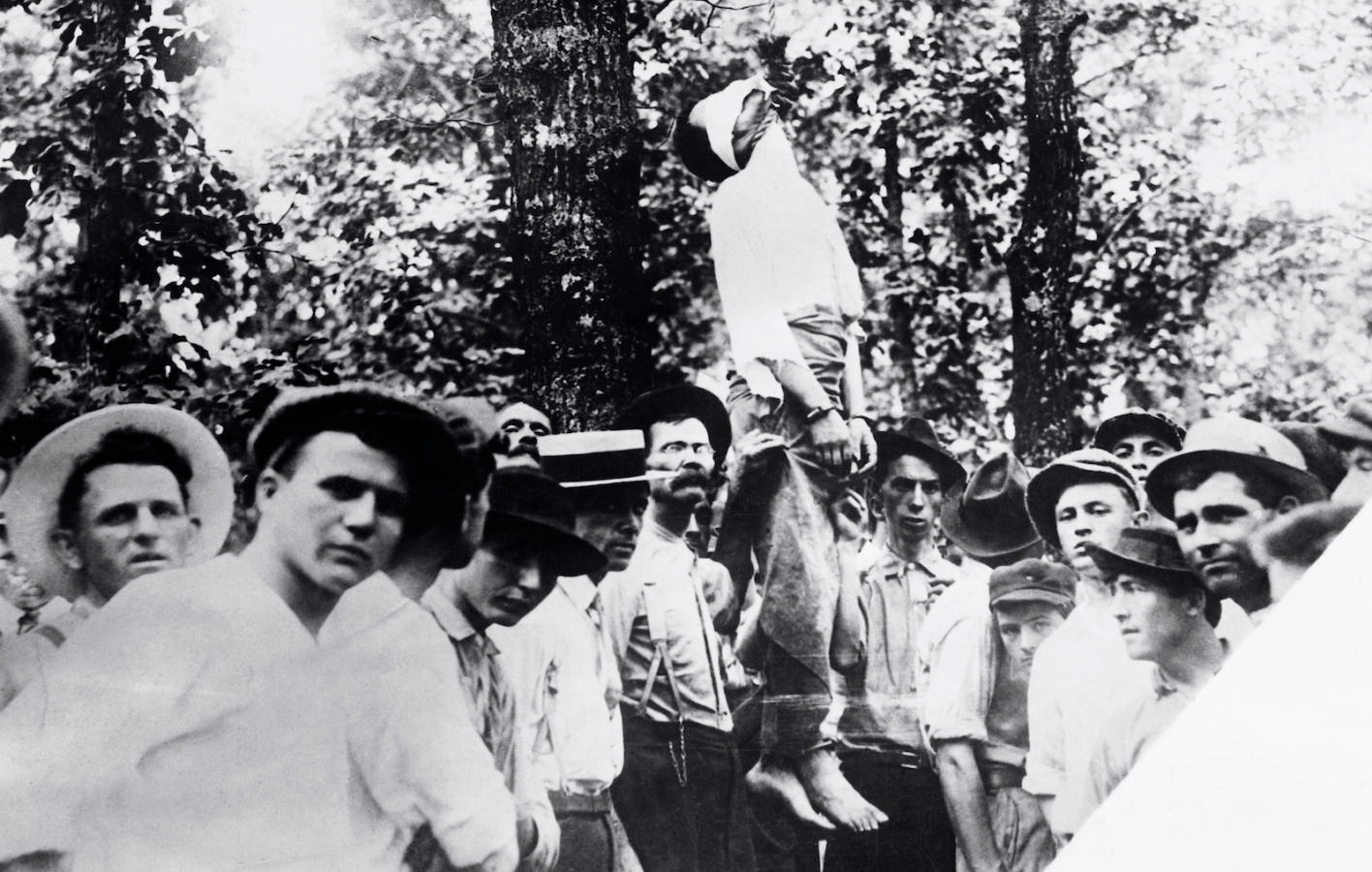Antagonism toward Jews in America has been evident almost as long as Jews have lived there. In 1654, the Dutch governor, Peter Stuyvesant, singled out Jews as “deceitful” and “very repugnant” and sought to have them expelled. In the 19th century, the late historian John Higham observed, Americans united by little else — Kansas farmers, Cambridge intellectuals, and Manhattan day laborers — shared one great fantasy in common: they believed that Jews lay at the root of their problems. Over the centuries, anti-Semitism waxed and waned, often tracking closely with various social and economic crises, but it never fully disappeared, returning with a vengeance in the early 21st century after a long period of remission.
But anti-Semitism in America is fundamentally different from its Europe precursor. For one thing, African Americans, Catholics, and Mormons experienced the brunt of American religious violence during the nation’s first century. Antagonism toward Jews has always had to compete with other forms of animus. Never was Judaism the nation’s least favored religion. Whatever prejudice Jews experienced, others suffered far worse.
For another, American ideals have been uniquely inhospitable to anti-Jewish prejudice. Freedom of speech and religion is baked into America’s founding documents, and the United States never had a single established church from which Jews stood apart. Having never received their emancipation as an “award,” as was the case with the Jews of Europe, American Jews never feared losing it. They could use their freedoms to fight back vigorously against prejudice — and they did.
Moreover, in a two-party system where close elections are the rule, neither party could long afford to alienate any major bloc of voters. State-sponsored anti-Semitism, so common in Europe, has never factored in American politics for long.
With your help, My Jewish Learning can provide endless opportunities for learning, connection and discovery.
Still, anti-Semitism has been a feature of American life since the earliest years of the republic. Despite the guarantees of freedom of religion enshrined in America’s founding documents, it required a hard-fought bill to win Jews the right to hold public office in Maryland in 1826, and another 51 years before Jews achieved full legal equality in New Hampshire. In 1820, a newspaper in New York observed that “prejudices against the Jews exist here and subject them to inconveniences from which other citizens of the United States are exempt.”
The Civil War era resulted in an unprecedented surge in anti-Semitism. Part of it was the prominence of several Jews in the ranks of the Confederacy, which heightened prejudice. And some blamed Jews for many of the evils associated with war, which helps explain why General Ulysses S. Grant, in 1862, expelled Jews from an area stretching from Mississippi to Illinois and from the Mississippi River to the Tennessee River. Abraham Lincoln reversed Grant’s order as soon as he heard of it.
Anti-Semitism crested in the United States between 1877 and World War II, an era of massive social and economic change. As America’s Jewish population surged from less than 250,000 to well over 4 million, some persuaded themselves that behind all the changes roiling American life lay a clandestine Jewish conspiracy.
Anti-Semitism escalated further in the 20th century. Jews faced physical attacks, many forms of discrimination, as well as intense vilification in print, on the airwaves, in movies and on stage. Immigration restrictions, without explicitly saying so, looked to limit the number of Jews entering the country. Educational quotas, restrictive covenants, occupational discrimination, and physical attacks against Jews limited the civil rights of those who had settled there already.
In 1913, a particularly infamous incident took place in Atlanta when a 29-year-old Jewish factory superintendent named Leo Frank was convicted of murdering one of his employees, 13-year-old Mary Phagan. Crowds around the courthouse chanted “Hang the Jew!” When Georgia governor John Slaton commuted Frank’s sentence in 1915, a mob broke into the jail and lynched him.

Following World War I, manifestations of anti-Semitism rose further. Beginning in 1920, automaker Henry Ford’s weekly newspaper, the Dearborn Independent, purported to describe an international Jewish conspiracy based upon the notorious anti-Semitic forgery known as “The Protocols of the Elders of Zion.” Only in 1927, under intense economic and legal pressure, did Ford publicly apologize “for resurrecting exploded fictions.”
While Ford attacked Jews in public, numerous American universities worked privately to limit the number of Jewish students they admitted. Even harsher restrictions faced Jews in fraternities, clubs, hotels, resorts, and elite neighborhoods. So-called restrictive covenants excluded Jews from some of the most desirable neighborhoods in major cities and newly emerging suburbs.Physical violence against Jews likewise became common during this period, particularly in cities where German Americans sympathetic to Adolf Hitler took to the streets, and where Catholic supporters of the increasingly pro-Nazi radio priest, Father Charles Coughlin, beat Jews mercilessly.
Yet for all that, anti-Semitism never went unopposed. Liberal newspapers and organizations like the Anti-Defamation League openly fought it. A growing interfaith movement headed by liberal-minded clergy worked to counter it. And Jews themselves often found ways to circumvent it.
Following World War II, organized anti-Semitism in America declined dramatically, as did discrimination against Jews in employment, housing and daily life. By the early 1960s, almost all resorts and housing developments had dropped their restrictive clauses, anti-Semitic college quotas had mostly ended, and professional fields proved more receptive to Jews than at any previous time in the 20th century.
The South served as the major exception, where Jewish support for the civil rights movement had undermined the region’s longstanding philo-Semitism. In the 1950s, a spate of bombings targeted black and Jewish institutions alike. In just one 12-month period in the late 1950s, explosives were planted at Jewish institutions in Miami, Jacksonville, Charlotte, Nashville, Birmingham and Gastonia, North Carolina. On October 12, 1958, a bomb tore apart the Temple, the oldest Reform congregation in Atlanta. A widely-distributed paperback with the explosive title “165 Temples Desecrated,” published in 1971, chronicled antisemitic acts that took place just between 1965 and 1970.
In the North, the special relationship between blacks and Jews, born in part of their partnership in the civil rights struggle, began to fray. Merit-based educational programs aided Jews far more than blacks, anti-Semitism declined faster than racism, and Jews moved out to sparkling suburbs while blacks languished in dangerous inner cities. Subsequently, some radical African-American activists came to view Jews more as obstacles than as allies. Some spread the canard that Jews bore central responsibility for slavery. Others embraced the Palestinian cause and railed against the State of Israel. In 1991, a riot — local Jews dubbed it a pogrom – convulsed the heavily Jewish Crown Heights section of Brooklyn.
As the 20th century drew to a close, scholars began to express hope that anti-Semitism had become a thing of the past. Leonard Dinnerstein, author of the first scholarly history of anti-Semitism in America, published in 1994, concluded that anti-Semitism “has declined in potency and will continue to do so for the foreseeable future.” But anti-Semitism nevertheless endured.

On the extreme political right, Holocaust deniers, conspiracy theorists, neo-Nazis, and white supremacists continued to spout hatred against Jews. On the extreme political left, black nationalists, anti-Israel activists, and neo-Communists spouted anti-Jewish hatred too. Much like the anti-Semites of the 19th century, these groups had different complaints and little outwardly in common, but they shared the belief that Jews lay at the root of their problems.
From the margins, anti-Semitism moved back in the mainstream in the 21st century. A rally in Charlottesville, Virginia, in 2017, witnessed chants of “Jews will not replace us.” A year after that, on October 27, 2018, a mass shooting at Pittsburgh’s Tree of Life synagogue left 11 people dead and seven wounded, the deadliest attack ever on the American Jewish community. Subsequent attacks on the Chabad of Poway Synagogue in California and on a kosher supermarket in Jersey City, New Jersey, in 2019, coupled with hundreds of reports of vandalism and harassment, made clear that anti-Semitism was back.
Still, anti-Semitism in America remains distinct, and the factors that make it so — the guaranteed freedom to resist it; the greater prevalence of other types of animus; the incompatibility of fundamental American ideals with anti-Jewish prejudice; and the general inhospitality of American politics to appeals to bigotry — are as vital to recall as those elements that are common to anti-Semitism elsewhere in the world. Today, as in the past, anti-Semitism reveals as much, or more, about America as it does about Jews.



